Customer Service Lines Open Mon-Fri 9am - 6pm, NYE 10am - 1pm, NYD Closed
Please select some policies.



Need Help? Calling from a mobile please call 0151 647 7556
0800 195 4926 / 0151 647 7556Do you have a question? or need help?
Customer Service Lines Open Mon-Fri 9am - 6pm, NYE 10am - 1pm, NYD Closed,
.jpg)
.jpg)
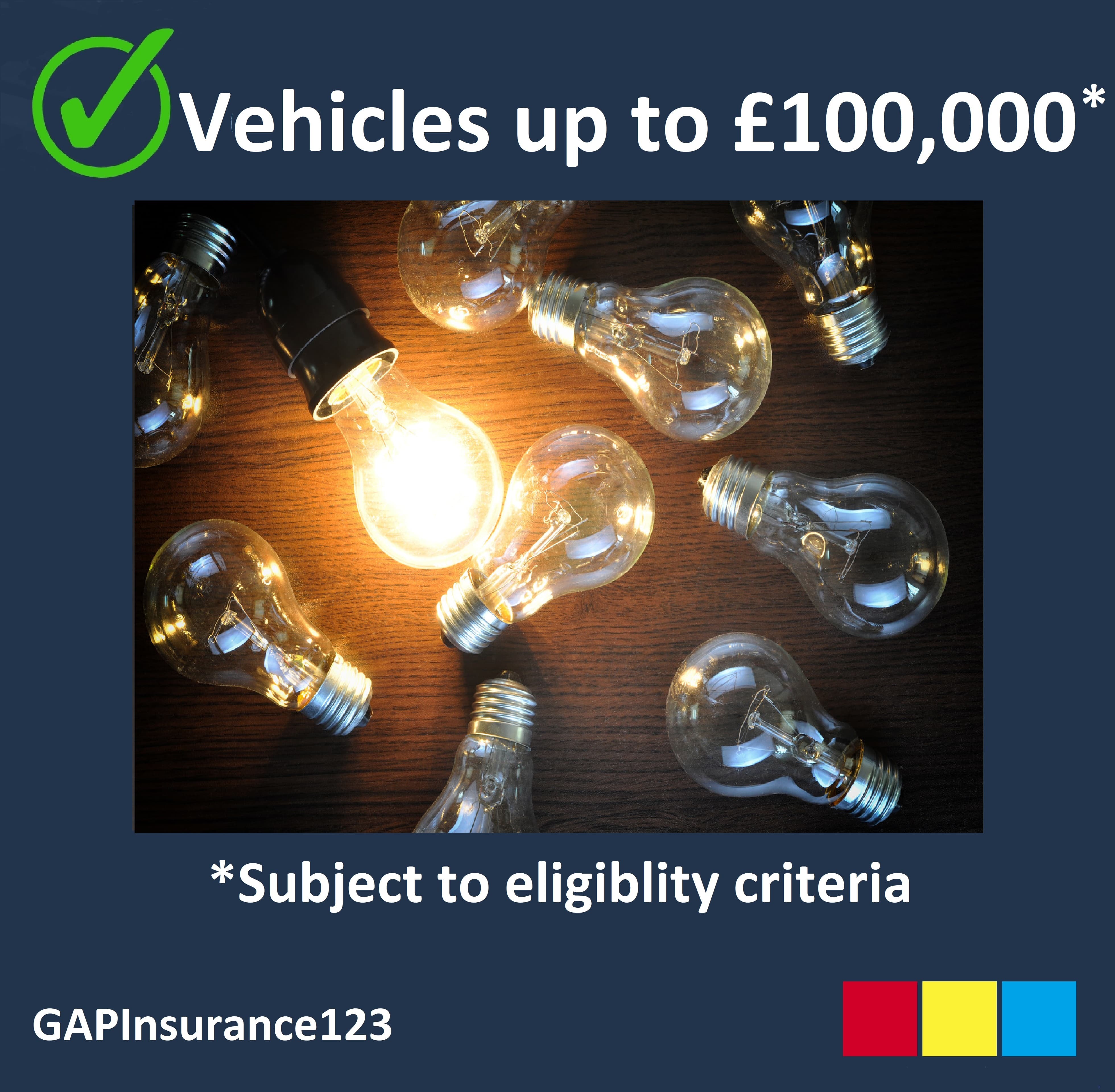
Combined Return to Invoice covers the difference between what your motor insurance market value settlement at the point of write off and the HIGHER of:
1. The original invoice price you paid for the vehicle.
2. The outstanding finance settlement.
Return to Invoice GAP Insurance is also known as
Return to invoice is the most typical type of GAP Insurance cover offered by motor dealers. For online providers, it is most commonly provided alongside Vehicle Replacement GAP for retail car buyers.
You bought a 640d M Sport series Gran Coupe in April 2018 and paid £66,170.
Therefore £66,1700-£28680 = £37490 RTI GAP settlement
According to the AA ( data taken from the AA car deprecation guide 24/08/2021 ) by the end of the 1st year, a new car can lose up to 40% of its value. They go on to say that even with a modest mileage of 10,000 miles per year by the end of year three this could be as much as 60% loss in value.
If your vehicle is written off by your primary motor insurer following a theft, fire, flood, accident (fault or not), etc., then your motor insurer may only cover the market value of the vehicle. This is despite your motor insurance being 'fully comprehensive' in nature. 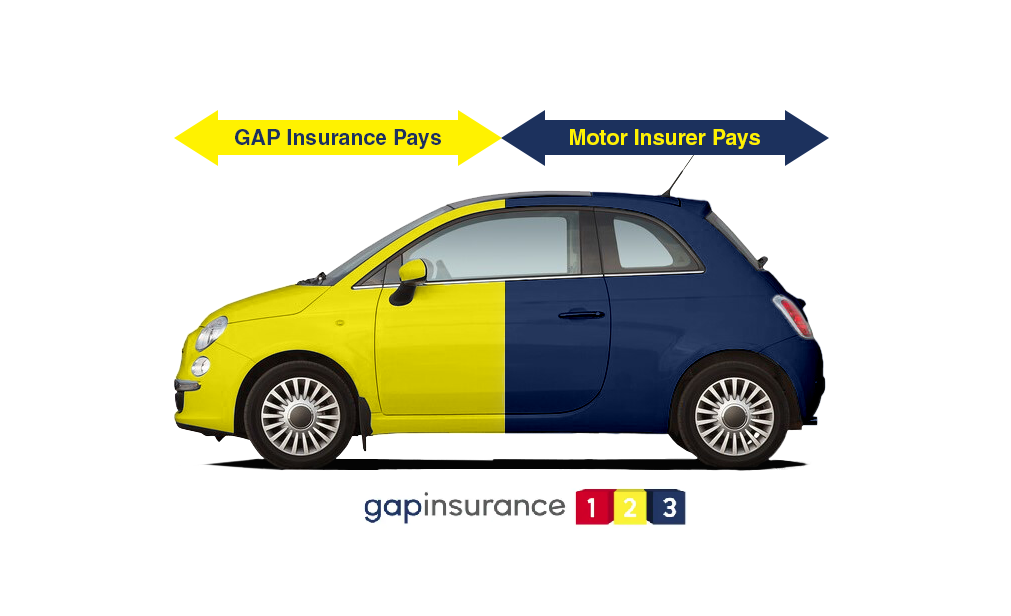
If your motor insurance company settlement could be a fraction of the original purchase price you paid, ultimately, you could be left with two potential financial issues:
These will include:

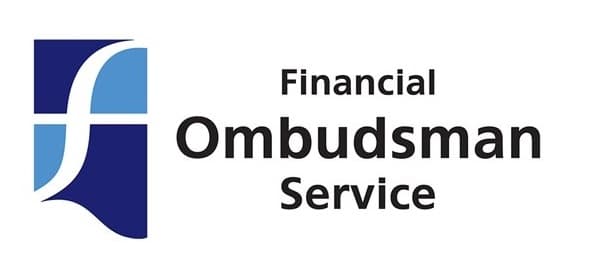
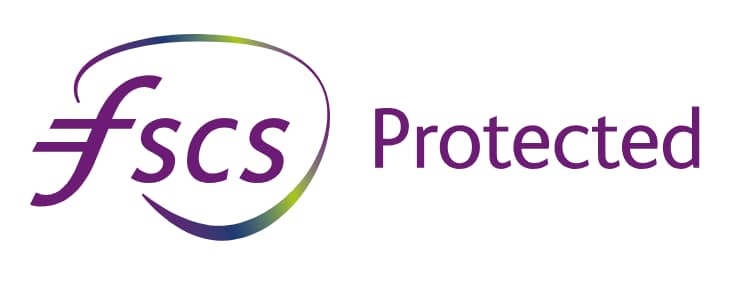
Your policy may cover warranty costs on the understanding that
The time frame within which you can buy cover depends significantly on the provider from which you buy it.
With motor dealers, the window may be as short as 30 days after you buy your vehicle.
It can be anywhere between 45 days and 365 days from the vehicle purchase with other providers.
With the new GAPInsurance123, Combined Returned To Invoice GAP, the maximum period from the vehicle purchase you can buy the policy is 180 days.
You will first be told about GAP cover when buying the car from the motor dealer. New GAP Insurance rules, brought in by the Financial Conduct Authority in 2015, mean that motor dealers now must provide a short period for customers to assess alternatives.
There are, in reality, several places you can look to buy return to invoice from, including:
You may find that the motor dealer's products are considerably more expensive than comparable products from the other potential options. I'll explain the reasons for that later.
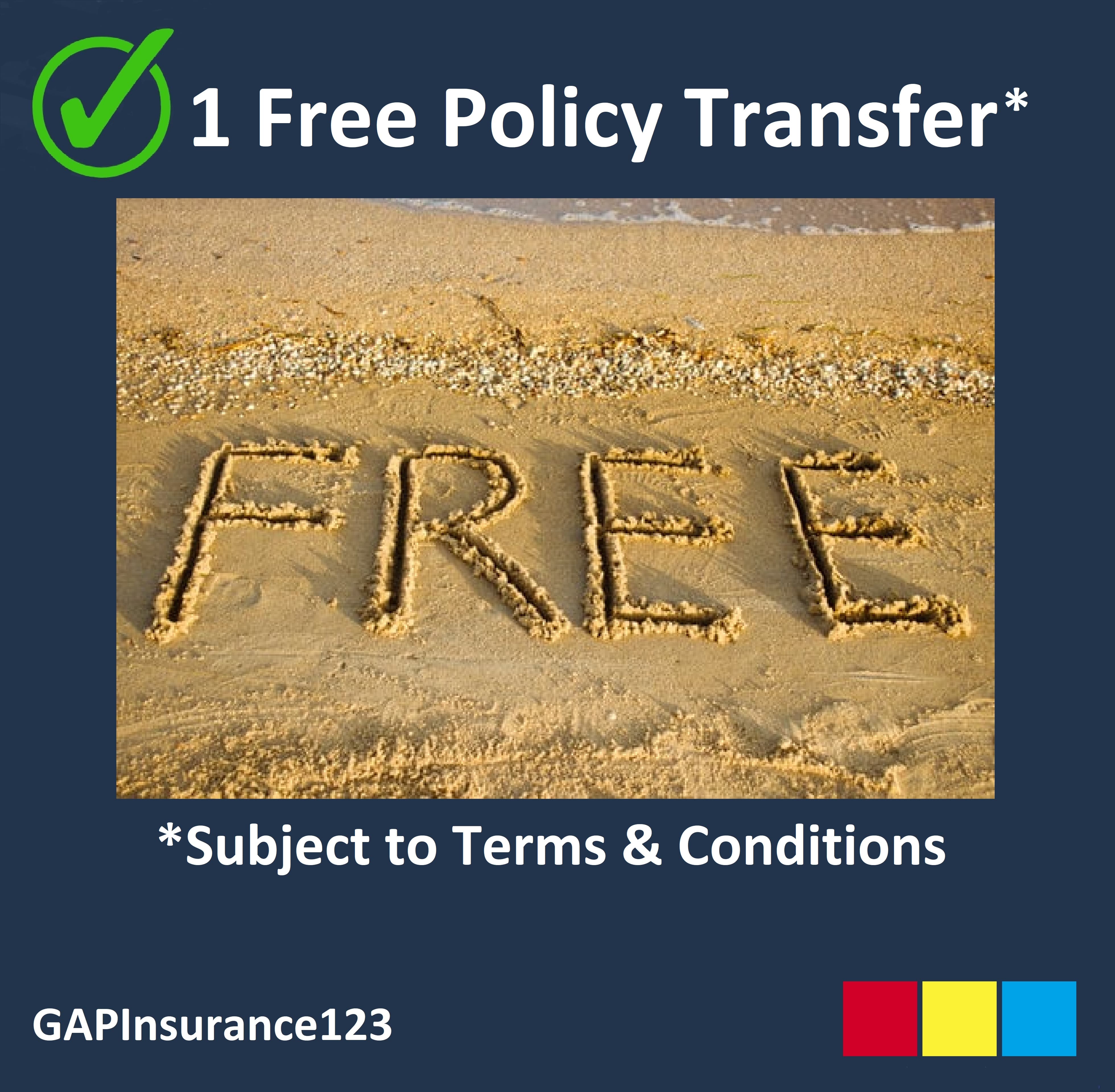



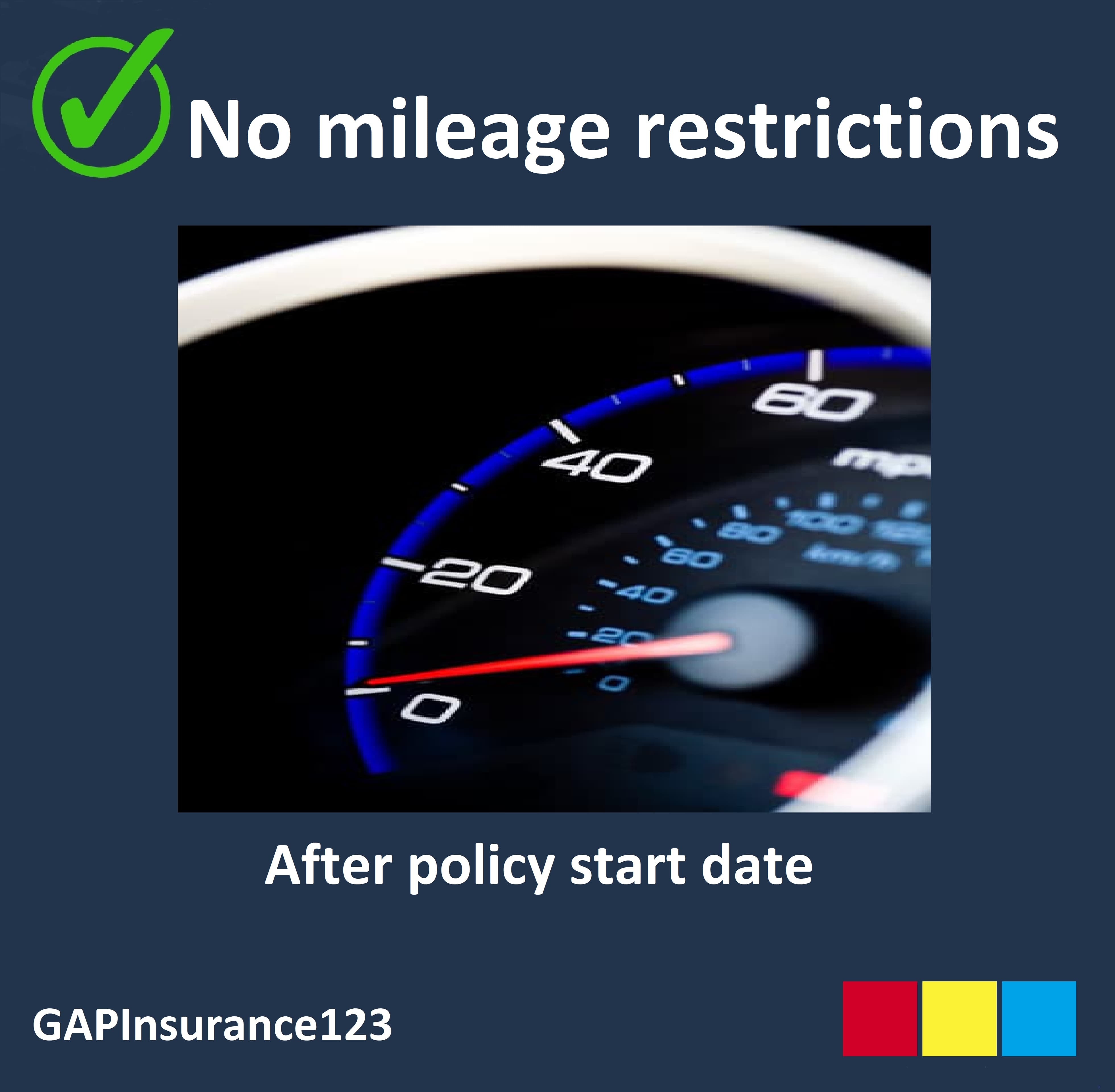
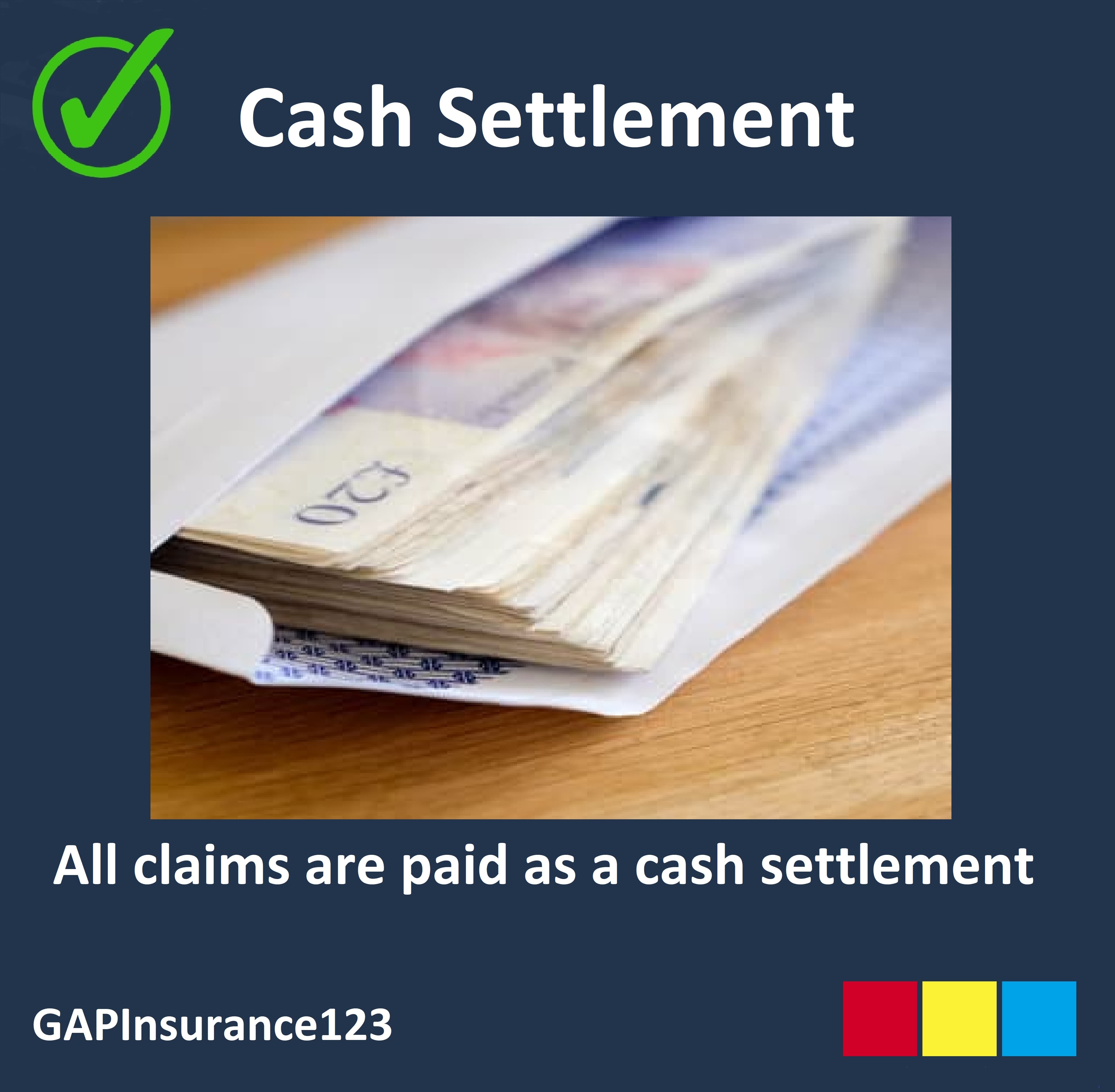
This could be an individual, or a company, looking to protect an investment against the effects of depreciation if the vehicle was written off.
The policyholder must have an 'insurable risk' in the vehicle. This means they could suffer financial loss if the car were written off. An example of this is the vehicle owner, who has their name on the purchase invoice for the vehicle.
Another example is someone who has a finance agreement on the vehicle, such as a PCP or Hire Purchase.
The policyholder must also be named on the main motor insurance policy and be fully comprehensively insured.
The critical difference between RTI GAP and Vehicle Replacement GAP comes with the settlement the GAP cover is looking to protect for you.
An invoice GAP Insurance policy covers you back to the original invoice price you paid for the vehicle.
Vehicle Replacement GAP covers you back to the cost of the equivalent vehicle to the one you bought, but crucially on the day, you bought it. So if you purchased a brand new Ford Fiesta S.T. 2 initially, it is the cost of a brand new Ford Fiesta S.T. 2 when you make your claim.
This means that using our example above, the cost of a new Fiesta S.T. 2 increases, then this extra amount is provided by a Vehicle Replacement GAP policy over a style of RTI GAP insurance cover.

When a GAP policy is said to be 'combined,' it combines more than one type of GAP Insurance.
Combined Return to Invoice GAP (also known as Combined R.T.I.) means an RTI GAP insurance combined with a Finance Shortfall GAP policy. Finance GAP is designed to cover any shortfall between the motor insurance settlement and the outstanding finance settlement required.
By adding R.T.I. GAP Insurance to Finance GAP in this way, this means that in the event of a claim, your Combined RTI GAP Insurance covers the difference between:
The motor insurance settlement AND HIGHER of
People sometimes think that a GAP Insurance policy is only needed if you take a car on finance. This is not necessarily the case.
For people who pay cash for their vehicle, it is true to say that they do not have any financial liability. However, they have invested a large amount of money in the purchase of a new car.
If you take an R.T.I. GAP policy out on a brand new car that you have bought outright. The advantage of this is that the total invoice price would be returned to you if you ever had to make a claim. This is because there is no financial settlement to worry about.
No, usually, you can only take RTI GAP Insurance within a set time frame of buying the vehicle. Every invoice Gap insurance policy we supply from August 2023, the maximum period you can purchase cover is 180 days from the vehicle purchase.
If you get other GAP insurance quotes, you may see that this period can differ from insurer to insurer.
Insurance Premium Tax is a tax paid on insurance products. The Government sets the rate of I.P.T.
When you buy an insurance cover from an independent broker, like GAPInsurance123, you pay the standard rate of Insurance Premium Tax at 12%.
If you buy an insurance policy from the supplying motor dealer, you could be paying the higher rate of Insurance Premium Tax, currently 20%.
If you have a Return to Invoice policy on a financed vehicle, then the claims process would be as follows.
If you are looking for Return to Invoice GAP Insurance, you can compare premiums and terms from several providers. If you get a GAP Insurance quote from your motor dealer and compare that to GAPInsurance123, you may find a considerable difference in a premium price.
This is down to many factors:
Insurance Premium Tax: you pay only the standard rate of I.P.T. with your GAPInsurance123 policy. You may pay the higher I.P.T. rate of 20% when you buy from the motor dealer.
Commission margins: GAPInsurance123 works to fixed, low commissions per policy sale. The motor dealer traditionally works with much higher commission margins.
Economy of scale: Motor dealers can only sell a GAP policy to someone they sell a car. GAPInsurance123 is available to the whole marketplace. GAPInsurance123 is likely to sell far more policies than the motor dealer. We can drive very keen rates with our insurers.
Return to Invoice GAP Insurance (RTI GAP) can be taken when you buy a vehicle from a VAT registered motor dealer. This could be a new or used vehicle. The key is that in the event of a claim that a VAT invoice can be produced and the RTI GAP can pay back to that figure.
Return to Value GAP Insurance (RTV GAP or Agreed Value GAP) is used when you do not buy your car from a VAT registered motor dealer. If you buy from a private seller, or an auction, then you will not get a VAT Invoice for a retail sale produced. RTV GAP Insurance uses the retail value of the vehicle at the start of the policy as the value, rather than any invoice price. The 'agreed value' will be defined by Glass' Guide in most products of this type.
No, GAP Insurance is not something you have to take by law. The decision as to whether you buy GAP Insurance, or which type if you do, is a decision for you.
Your GAPInsurance123 GAP policy aims to provide you with peace of mind all the way.
Your policy is underwritten by an insurer. Please check the poloicy details at quotation, to confirm which insurer.
GAPInsurance123 as a brand has over a decade of experience in the field of GAP Insurance. The brand is a trading name of Aequitas Automotive Ltd, a specialist broker who runs many brands in the ancillary motor product field.
Aequitas Automotive Ltd is directly authorised and regulated by the Financial Conduct Authority and carries net assets well above £1 million at company's house.
Finally, protection by the Financial Services Compensation Scheme is available for qualifying customers should the insurer fail to meet their obligations.
Get a GAP Insurance Quote in minutes.
See all our GAP Insurance Guides.
Updated 26/09/2024, written by Mark Griffiths